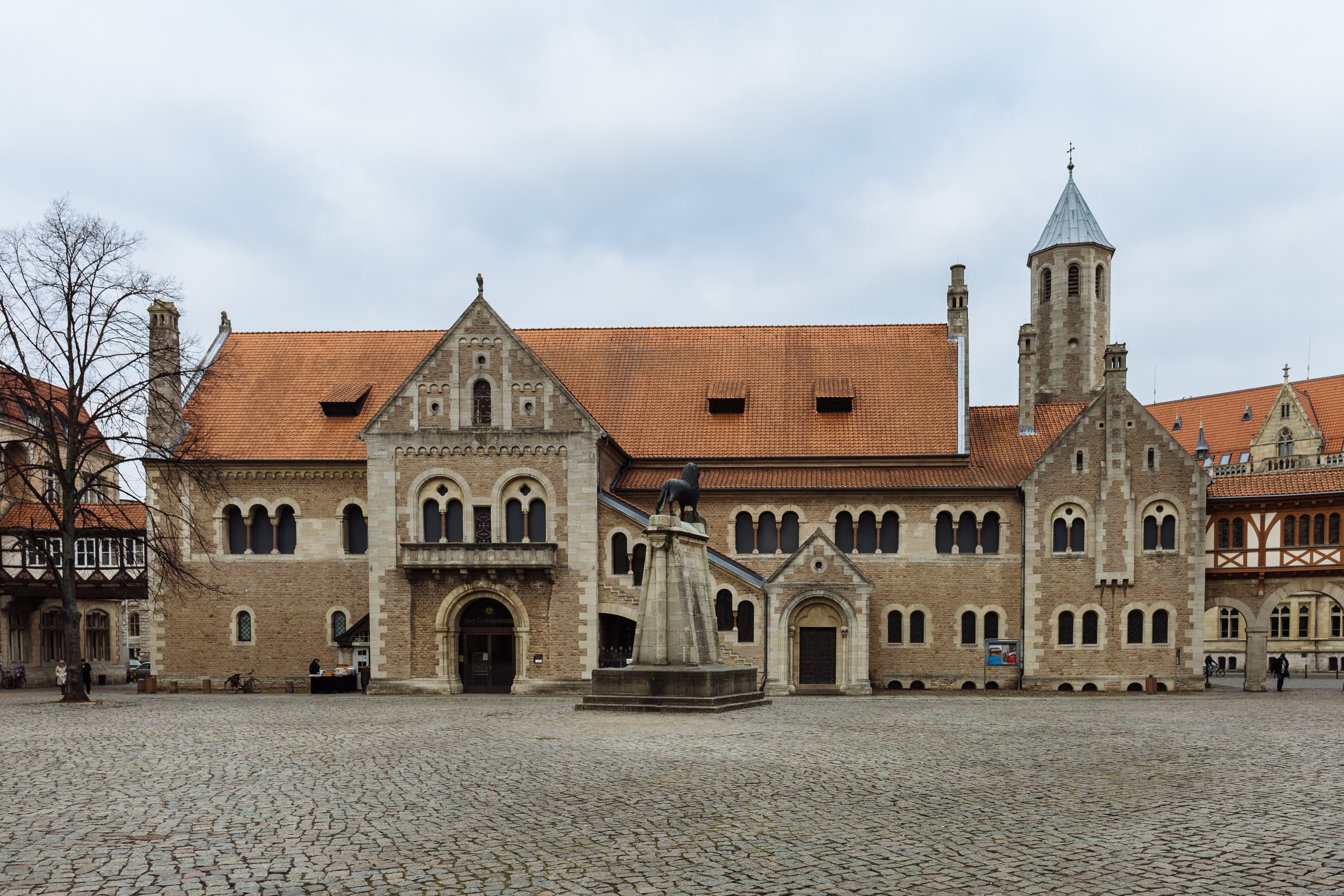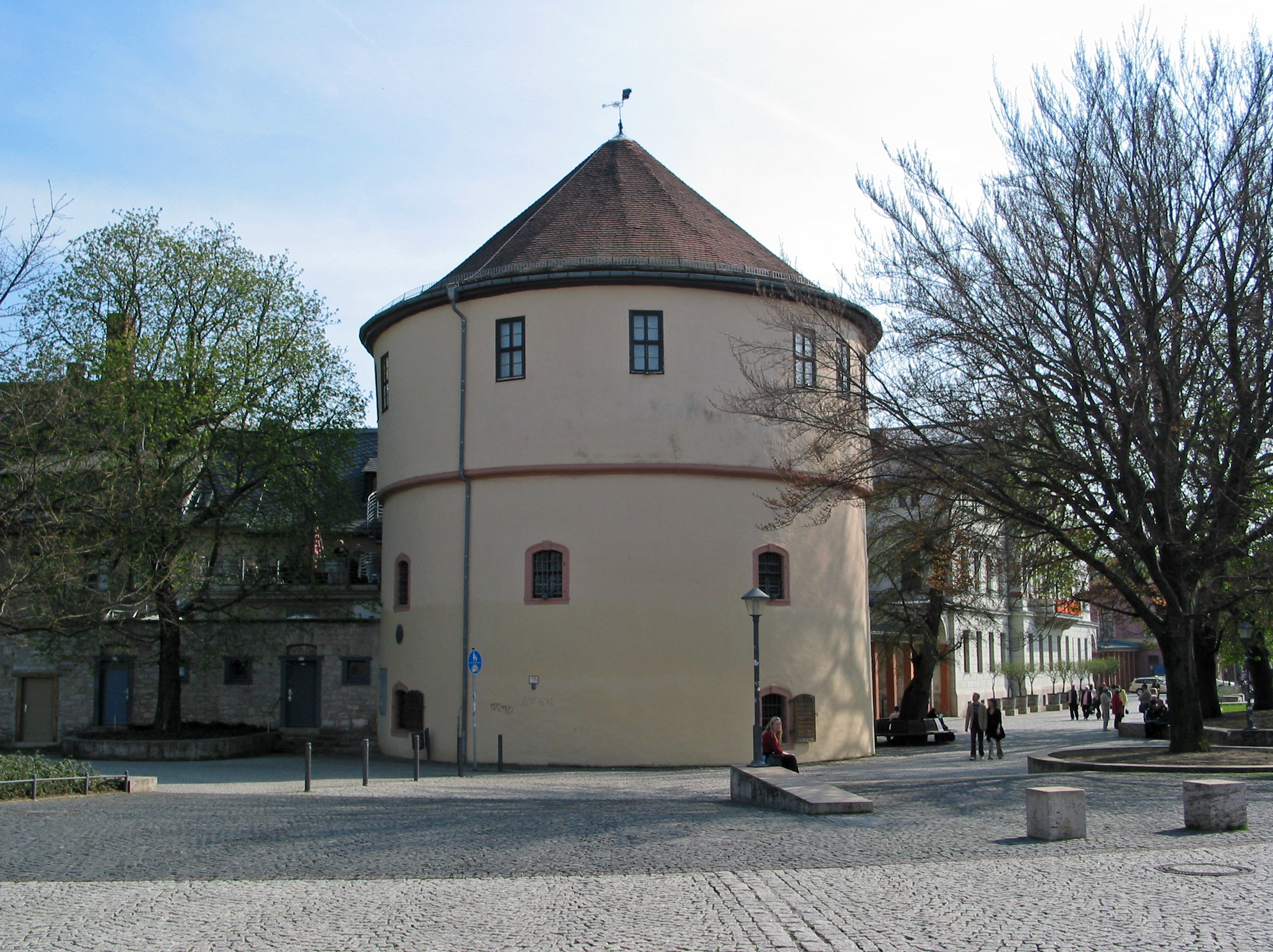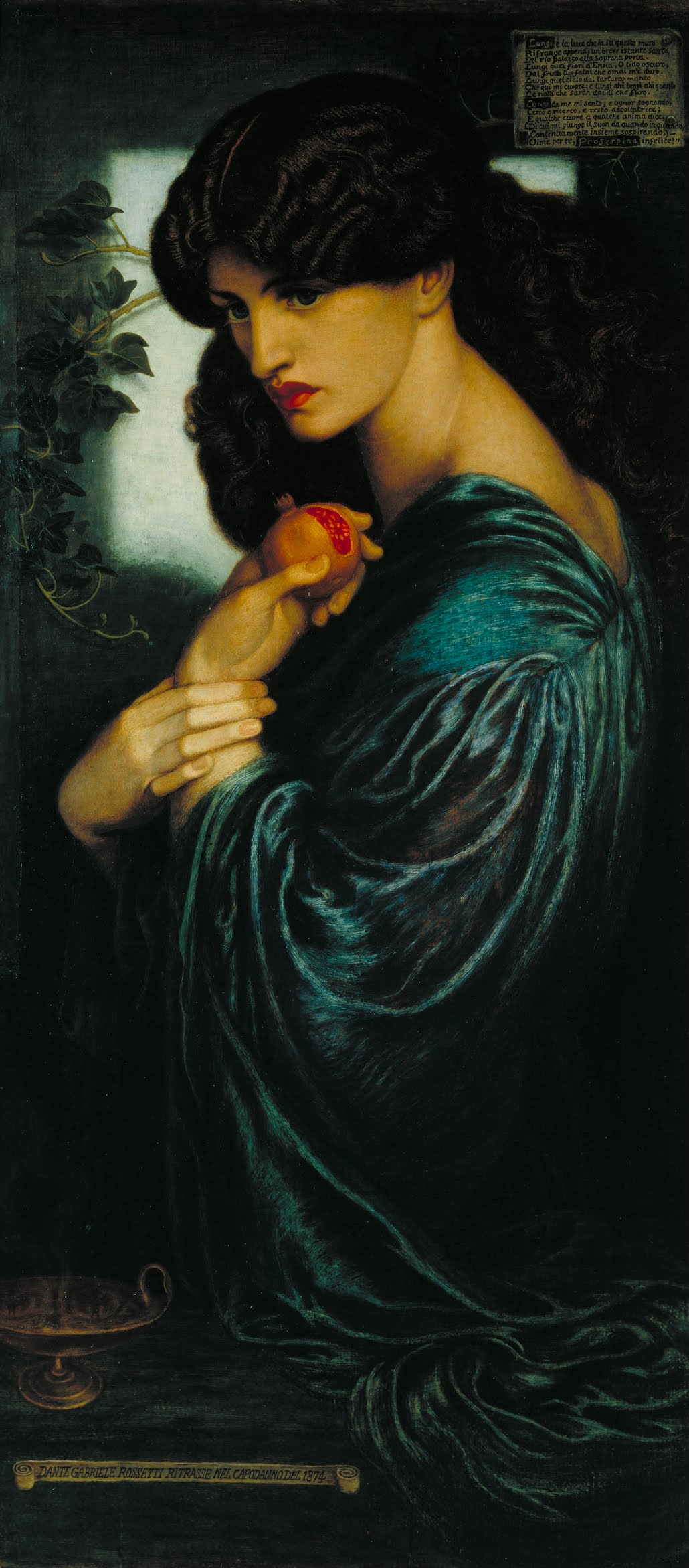|
Bernhard Plockhorst
Bernhard Plockhorst (March 2, 1825 – May 18, 1907) was a German painter and graphic artist. In Germany, Plockhorst is mainly known to experts today, whereas his pictures are still very popular in the United States and their reproductions can be found in many American homes and churches. Life Plockhorst was born in Braunschweig, Germany, where he had a 5-year education in lithography at the Collegium Carolinum, after which he trained to be a painter with Julius Schnorr von Carolsfeld in Dresden in 1848, with Carl von Piloty in Leipzig and Munich, and finally with Thomas Couture in Paris in 1853. In Munich Plockhorst copied the paintings of Rubens and Tizian in the Old Pinakothek. He also took study travels to Belgium, the Netherlands, and Italy before settling in Berlin where he began to paint portraits, but he also proved his talent for religious themes with a large painting (“Mary and John returning from the grave of Christ”). From 1866 to 1869 he was a profes ... [...More Info...] [...Related Items...] OR: [Wikipedia] [Google] [Baidu] |
Braunschweig
Braunschweig () or Brunswick ( , from Low German ''Brunswiek'' , Braunschweig dialect: ''Bronswiek'') is a city in Lower Saxony, Germany, north of the Harz Mountains at the farthest navigable point of the river Oker, which connects it to the North Sea via the rivers Aller and Weser. In 2016, it had a population of 250,704. A powerful and influential centre of commerce in medieval Germany, Brunswick was a member of the Hanseatic League from the 13th until the 17th century. It was the capital city of three successive states: the Principality of Brunswick-Wolfenbüttel (1269–1432, 1754–1807, and 1813–1814), the Duchy of Brunswick (1814–1918), and the Free State of Brunswick (1918–1946). Today, Brunswick is the second-largest city in Lower Saxony and a major centre of scientific research and development. History Foundation and early history The date and circumstances of the town's foundation are unknown. Tradition maintains that Brunswick was created through t ... [...More Info...] [...Related Items...] OR: [Wikipedia] [Google] [Baidu] |
Weimar
Weimar is a city in the state (Germany), state of Thuringia, Germany. It is located in Central Germany (cultural area), Central Germany between Erfurt in the west and Jena in the east, approximately southwest of Leipzig, north of Nuremberg and west of Dresden. Together with the neighbouring cities of Erfurt and Jena, it forms the central metropolitan area of Thuringia, with approximately 500,000 inhabitants. The city itself has a population of 65,000. Weimar is well known because of its large cultural heritage and its importance in German history. The city was a focal point of the German Enlightenment and home of the leading figures of the literary genre of Weimar Classicism, writers Johann Wolfgang von Goethe and Friedrich Schiller. In the 19th century, noted composers such as Franz Liszt made Weimar a music centre. Later, artists and architects such as Henry van de Velde, Wassily Kandinsky, Paul Klee, Lyonel Feininger, and Walter Gropius came to the city and founded the Ba ... [...More Info...] [...Related Items...] OR: [Wikipedia] [Google] [Baidu] |
Shawnee, Oklahoma
Shawnee ( sac, Shânîheki) is a city in Pottawatomie County, Oklahoma, United States. The population was 29,857 in 2010, a 4.9 percent increase from the figure of 28,692 in 2000. The city is part of the Oklahoma City-Shawnee Combined Statistical Area; it is also the county seat of Pottawatomie County and the principal city of the Shawnee Micropolitan Statistical Area. With access to Interstate 40, Shawnee is approximately 45 minutes east of downtown Oklahoma City. To the east and northeast, Shawnee is 112 miles from the McClellan-Kerr Arkansas River Navigation System, which provides shipping barge access to the Gulf of Mexico. History The area surrounding Shawnee was settled after the American Civil War by a number of tribes that the federal government had removed to Indian Territory. The Sac and Fox originally were deeded land in the immediate area but were soon followed by the Kickapoo, Shawnee, and Pottawatomi Indians. These federally recognized tribes continue to reside t ... [...More Info...] [...Related Items...] OR: [Wikipedia] [Google] [Baidu] |
Nativity Of Jesus In Art
The Nativity of Jesus has been a major subject of Christian art since the 4th century. The artistic depictions of the ''Nativity'' or birth of Jesus, celebrated at Christmas, are based on the narratives in the Bible, in the Gospels of Matthew and Luke, and further elaborated by written, oral and artistic tradition. Christian art includes a great many representations of the Virgin Mary and the Christ Child. Such works are generally referred to as the " Madonna and Child" or "Virgin and Child". They are not usually representations of the ''Nativity'' specifically, but are often devotional objects representing a particular aspect or attribute of the Virgin Mary, or Jesus. ''Nativity'' pictures, on the other hand, are specifically illustrative, and include many narrative details; they are a normal component of the sequences illustrating both the Life of Christ and the Life of the Virgin. The Nativity has been depicted in many different media, both pictorial and sculptural. Pict ... [...More Info...] [...Related Items...] OR: [Wikipedia] [Google] [Baidu] |
Birmingham, Alabama
Birmingham ( ) is a city in the north central region of the U.S. state of Alabama. Birmingham is the seat of Jefferson County, Alabama's most populous county. As of the 2021 census estimates, Birmingham had a population of 197,575, down 1% from the 2020 Census, making it Alabama's third-most populous city after Huntsville and Montgomery. The broader Birmingham metropolitan area had a 2020 population of 1,115,289, and is the largest metropolitan area in Alabama as well as the 50th-most populous in the United States. Birmingham serves as an important regional hub and is associated with the Deep South, Piedmont, and Appalachian regions of the nation. Birmingham was founded in 1871, during the post-Civil War Reconstruction period, through the merger of three pre-existing farm towns, notably, Elyton. It grew from there, annexing many more of its smaller neighbors, into an industrial and railroad transportation center with a focus on mining, the iron and steel industry, and ... [...More Info...] [...Related Items...] OR: [Wikipedia] [Google] [Baidu] |
Cathedral Of Saint Paul (Birmingham, Alabama)
The Cathedral of Saint Paul — informally known as Saint Paul's Cathedral — is the mother church of the Roman Catholic Diocese of Birmingham in Alabama in Birmingham, Alabama. Designed by Chicago architect Adolphus Druiding, the Victorian Gothic-style brick building was completed as a parish church in 1893. The parish it serves was established in 1872 and the cornerstone bears both dates. It was elevated to cathedral status with the creation of the Diocese of Birmingham in 1969. During its days as a parish, its most famous pastor was Father James Coyle. There is the aspiration of relocating his remains from Elmwood Cemetery to the cathedral as the cause for his beatification as a martyr advances. The contractor that had to be talked into moving to Birmingham to build the project was Lawrence Scully. Just prior to its completion, Lawrence Scully was killed when his horse-drawn carriage was spooked by a passing motor vehicle that honked its horn. The horse reared a ... [...More Info...] [...Related Items...] OR: [Wikipedia] [Google] [Baidu] |
The Guardian Angel (painting)
A guardian angel is a spirit who is believed to protect and to guide a particular person. Guardian angel(s) may also refer to: Churches and schools * Guardian Angels Roman Catholic Church, Santee, California, U.S. (near San Diego) * Holy Guardian Angels Church and Cemetery Historic District, listed on the National Register of Historic Places in Carroll County, Iowa, US * Guardian Angels Church (Chaska, Minnesota), a Roman Catholic church and affiliated school in Chaska, Minnesota, U.S. * Guardian Angel Cathedral, a Roman Catholic cathedral in Las Vegas, Nevada, U.S. * Church of the Guardian Angel (Manhattan), in New York City * Guardian Angel Parish School, a Manhattan school in the Roman Catholic Archdiocese of New York, U.S. * Guardian Angels Regional School, in Paulsboro and Gibbstown, New Jersey * Guardian Angels School (Cincinnati), a Roman Catholic school in Cincinnati, Ohio, U.S. * Church of the Guardian Angel, in Wallis Texas Literature * Guardian Angel (comics) or ... [...More Info...] [...Related Items...] OR: [Wikipedia] [Google] [Baidu] |
Moscow
Moscow ( , US chiefly ; rus, links=no, Москва, r=Moskva, p=mɐskˈva, a=Москва.ogg) is the capital and largest city of Russia. The city stands on the Moskva River in Central Russia, with a population estimated at 13.0 million residents within the city limits, over 17 million residents in the urban area, and over 21.5 million residents in the metropolitan area. The city covers an area of , while the urban area covers , and the metropolitan area covers over . Moscow is among the world's largest cities; being the most populous city entirely in Europe, the largest urban and metropolitan area in Europe, and the largest city by land area on the European continent. First documented in 1147, Moscow grew to become a prosperous and powerful city that served as the capital of the Grand Duchy that bears its name. When the Grand Duchy of Moscow evolved into the Tsardom of Russia, Moscow remained the political and economic center for most of the Tsardom's history. When ... [...More Info...] [...Related Items...] OR: [Wikipedia] [Google] [Baidu] |
Martin Luther
Martin Luther (; ; 10 November 1483 – 18 February 1546) was a German priest, theologian, author, hymnwriter, and professor, and Augustinian friar. He is the seminal figure of the Protestant Reformation and the namesake of Lutheranism. Luther was ordained to the priesthood in 1507. He came to reject several teachings and practices of the Roman Catholic Church; in particular, he disputed the view on indulgences. Luther proposed an academic discussion of the practice and efficacy of indulgences in his ''Ninety-five Theses'' of 1517. His refusal to renounce all of his writings at the demand of Pope Leo X in 1520 and the Holy Roman Emperor Charles V at the Diet of Worms in 1521 resulted in his excommunication by the pope and condemnation as an outlaw by the Holy Roman Emperor. Luther taught that salvation and, consequently, eternal life are not earned by good deeds but are received only as the free gift of God's grace through the believer's fait ... [...More Info...] [...Related Items...] OR: [Wikipedia] [Google] [Baidu] |
Kwidzyn
Kwidzyn (pronounced ; german: Marienwerder; Latin: ''Quedin''; Old Prussian: ''Kwēdina'') is a town in northern Poland on the Liwa River, with 38,553 inhabitants (2018). It is the capital of Kwidzyn County in the Pomeranian Voivodeship. Geography Kwidzyn is located on the Liwa River, some east of the Vistula river, approximately south of Gdańsk and southwest of Kaliningrad. It is part of the region of Powiśle. History The Pomesanian settlement called ''Kwedis'' existed in the 11th century. In 1232, the Teutonic Knights built the castle and established the town of Marienwerder (now Kwidzyn) the following year. In 1243, the Bishopric of Pomesania received both the town and castle from the Teutonic Order as fiefs, and the settlement became the seat of the Bishops of Pomesania within Prussia. The town was populated by artisans and traders, originating from towns in the northern parts of the Holy Roman Empire. A Teutonic knight, Werner von Orseln, was murdered in Marienb ... [...More Info...] [...Related Items...] OR: [Wikipedia] [Google] [Baidu] |
Cologne
Cologne ( ; german: Köln ; ksh, Kölle ) is the largest city of the German western state of North Rhine-Westphalia (NRW) and the fourth-most populous city of Germany with 1.1 million inhabitants in the city proper and 3.6 million people in the urban region. Centered on the left (west) bank of the Rhine, Cologne is about southeast of NRW's state capital Düsseldorf and northwest of Bonn, the former capital of West Germany. The city's medieval Catholic Cologne Cathedral (), the third-tallest church and tallest cathedral in the world, constructed to house the Shrine of the Three Kings, is a globally recognized landmark and one of the most visited sights and pilgrimage destinations in Europe. The cityscape is further shaped by the Twelve Romanesque churches of Cologne, and Cologne is famous for Eau de Cologne, that has been produced in the city since 1709, and "cologne" has since come to be a generic term. Cologne was founded and established in Germanic ... [...More Info...] [...Related Items...] OR: [Wikipedia] [Google] [Baidu] |
Pre-Raphaelite Brotherhood
The Pre-Raphaelite Brotherhood (later known as the Pre-Raphaelites) was a group of English painters, poets, and art critics, founded in 1848 by William Holman Hunt, John Everett Millais, Dante Gabriel Rossetti, William Michael Rossetti, James Collinson, Frederic George Stephens and Thomas Woolner who formed a seven-member "Brotherhood" modelled in part on the Nazarene movement. The Brotherhood was only ever a loose association and their principles were shared by other artists of the time, including Ford Madox Brown, Arthur Hughes and Marie Spartali Stillman. Later followers of the principles of the Brotherhood included Edward Burne-Jones, William Morris and John William Waterhouse. The group sought a return to the abundant detail, intense colours and complex compositions of Quattrocento Italian art. They rejected what they regarded as the mechanistic approach first adopted by Mannerist artists who succeeded Raphael and Michelangelo. The Brotherhood believed the Cl ... [...More Info...] [...Related Items...] OR: [Wikipedia] [Google] [Baidu] |



.jpg)
.jpg)




